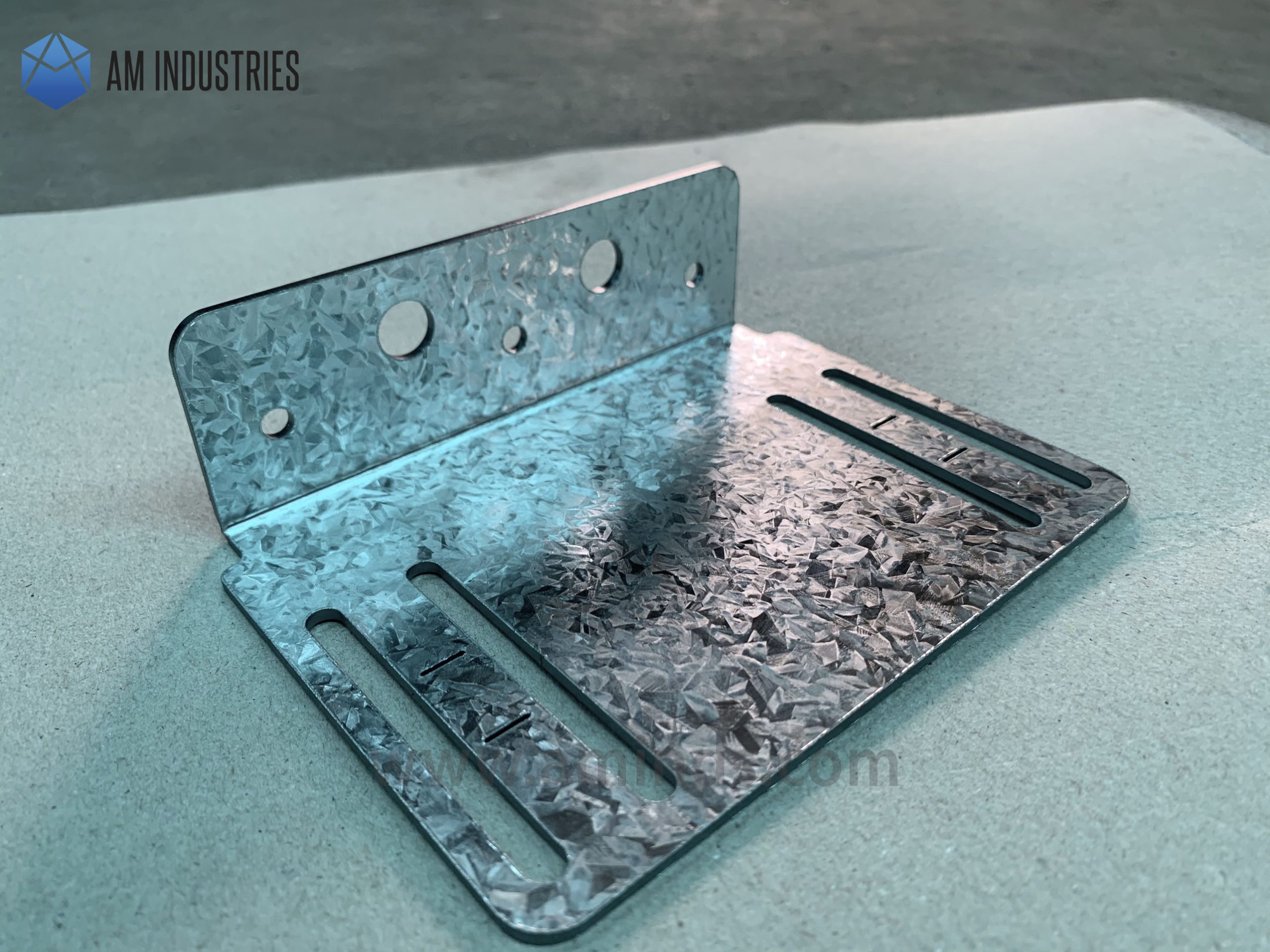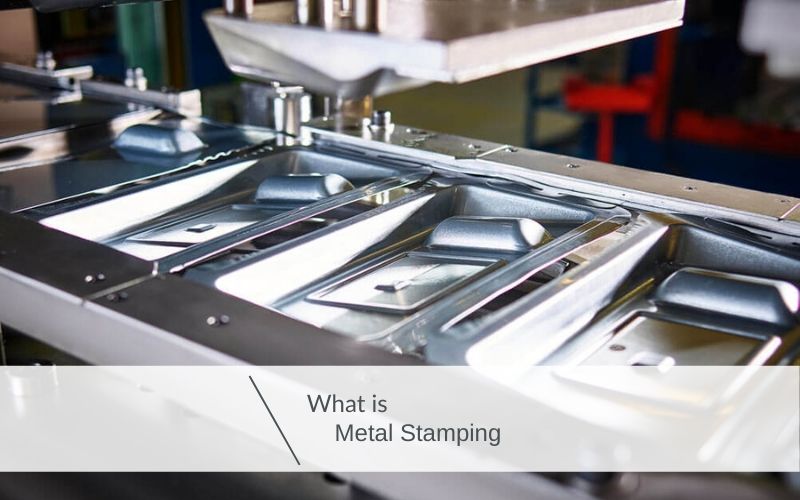Metal Stamping Technologies: Elevating Manufacturing Processes for Superior Outcomes
In the realm of making procedures, steel marking has actually long been a cornerstone strategy for producing an array of precision parts. With the ruthless march of technological improvement, the landscape of steel stamping is undertaking a considerable transformation.
Advancement of Steel Stamping Strategies

In addition, innovations in product science have actually caused the growth of high-strength alloys that can currently be flawlessly marked into complex forms, satisfying a broader series of industrial applications. The assimilation of robotics and expert system has further optimized the marking procedure by boosting rate and precision while reducing the danger of human error.

Influence of Advanced Materials
Have advanced materials transformed metal marking processes dramatically in the manufacturing market? By making use of materials such as high-strength alloys, progressed compounds, and innovative finishes, metal stamping processes can now produce parts that are lighter, more powerful, and much more sturdy than ever previously.
These innovative materials use exceptional mechanical residential properties, corrosion resistance, and thermal security, permitting suppliers to satisfy the demands of modern markets such as aerospace, auto, and electronics. In addition, using sophisticated materials in steel marking has actually promoted the production of complex geometries and detailed styles that were previously unattainable through typical approaches.
Furthermore, the execution of advanced products has led to lowered product waste, reduced production expenses, and shorter preparations, making steel marking procedures more economical and lasting. As technology proceeds to breakthrough, the impact of innovative products on steel stamping processes is anticipated to drive additional innovation and enhance the competitiveness of suppliers in the international market.
Automation in Steel Stamping
The evolution of steel marking processes driven by the assimilation of innovative products has actually established the stage for considerable innovations in automation within the manufacturing market. Automation in steel stamping has revolutionized manufacturing procedures, improving efficiency, accuracy, and total outcome quality. Through the application of robotics, sensing units, and computer-controlled systems, tasks that were once hands-on and taxing can now be carried out with unequaled rate and accuracy.
Automation in metal stamping not only accelerates production rates yet also guarantees uniformity in the production procedure. By reducing human intervention, the threat of errors is dramatically decreased, leading to higher degrees of item harmony and dependability. Furthermore, automation allows producers to undertake complex marking tasks that would be unwise or tough to achieve by hand.
Moreover, automation in metal marking adds to a much safer working environment by lowering the requirement for employees to participate in repetitive or harmful tasks - Metal Stamping. This change in Discover More Here the direction of automation not just enhances performance but additionally leads the way for the future of manufacturing, where technology plays a central function in driving functional excellence
Quality Assurance and Examination Systems
With a focus on accuracy and integrity, quality control and inspection systems play an essential role in making certain item excellence in metal marking processes. These systems are developed to check every stage of manufacturing, from material inspection to the end product, to ensure that all parts meet the needed criteria. By carrying out advanced innovations such as optical evaluation systems, coordinate determining devices (CMM), and automated determining tools, makers can discover even the tiniest deviations in dimensions, surface area quality, and overall integrity of stamped parts.

Sustainability Practices in Metal Stamping
Structure upon the structure of accuracy and integrity established with top quality control and inspection systems, the assimilation of sustainable practices in steel stamping procedures is progressively coming to be a focal point for producers looking for to lessen environmental impact and optimize resource use. Sustainability methods in metal marking encompass a series of efforts intended at lowering waste generation, energy usage, and greenhouse gas discharges throughout the production procedure.
One secret facet of sustainability in steel marking is the fostering of green you could try this out products and modern technologies that advertise recyclability and waste reduction. By using recycled products and applying energy-efficient equipment, makers can lower their carbon impact and add to an extra sustainable production cycle. Additionally, optimizing manufacturing processes to lessen product waste and energy use not check this only benefits the environment but additionally brings about cost financial savings for businesses in the future.
Moreover, the execution of lasting methods in steel stamping can boost brand credibility and attract eco conscious customers. As sustainability remains to get significance in the manufacturing industry, incorporating green campaigns into metal marking procedures is vital for long-term success and competition in the market.
Final Thought
Finally, steel stamping methods have substantially advanced over time, integrating innovative products and automation to improve manufacturing processes. Quality assurance and inspection systems play a critical role in making certain superior outcomes, while sustainability practices are significantly being applied to reduce ecological effect. These developments in metal marking have reinvented the sector, bring about a lot more efficient and lasting manufacturing methods for different markets.
Metal marking, when a handbook and labor-intensive process, has transformed right into a very automated and advanced method of forming metal sheets right into various forms and styles.Have advanced products changed steel marking processes considerably in the manufacturing market? By using products such as high-strength alloys, advanced composites, and cutting-edge coverings, metal stamping procedures can currently generate components that are lighter, more powerful, and extra resilient than ever previously.
The development of steel marking processes driven by the assimilation of sophisticated materials has actually established the stage for considerable innovations in automation within the manufacturing industry.In verdict, metal stamping methods have significantly progressed over time, integrating advanced materials and automation to enhance producing processes.